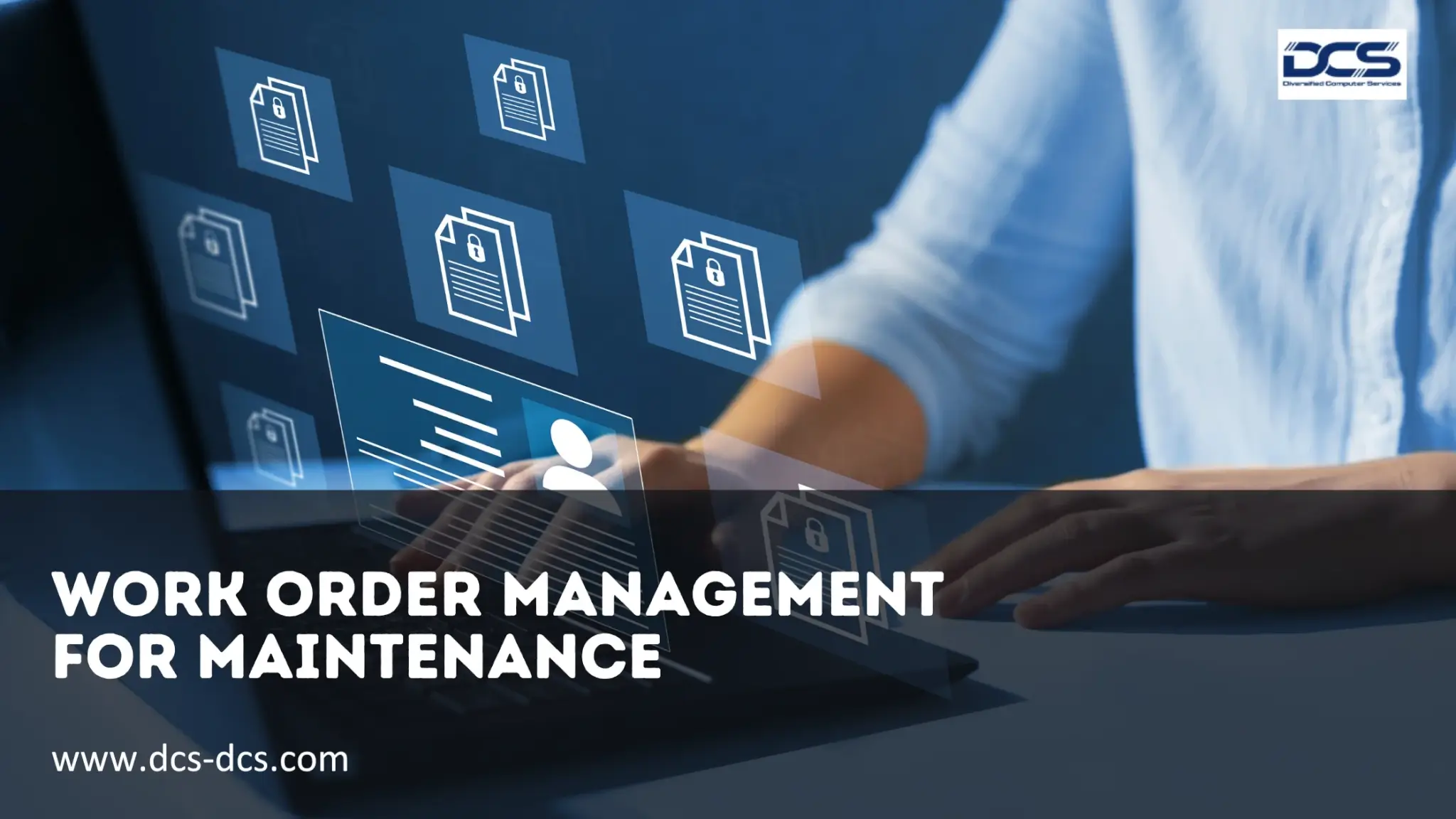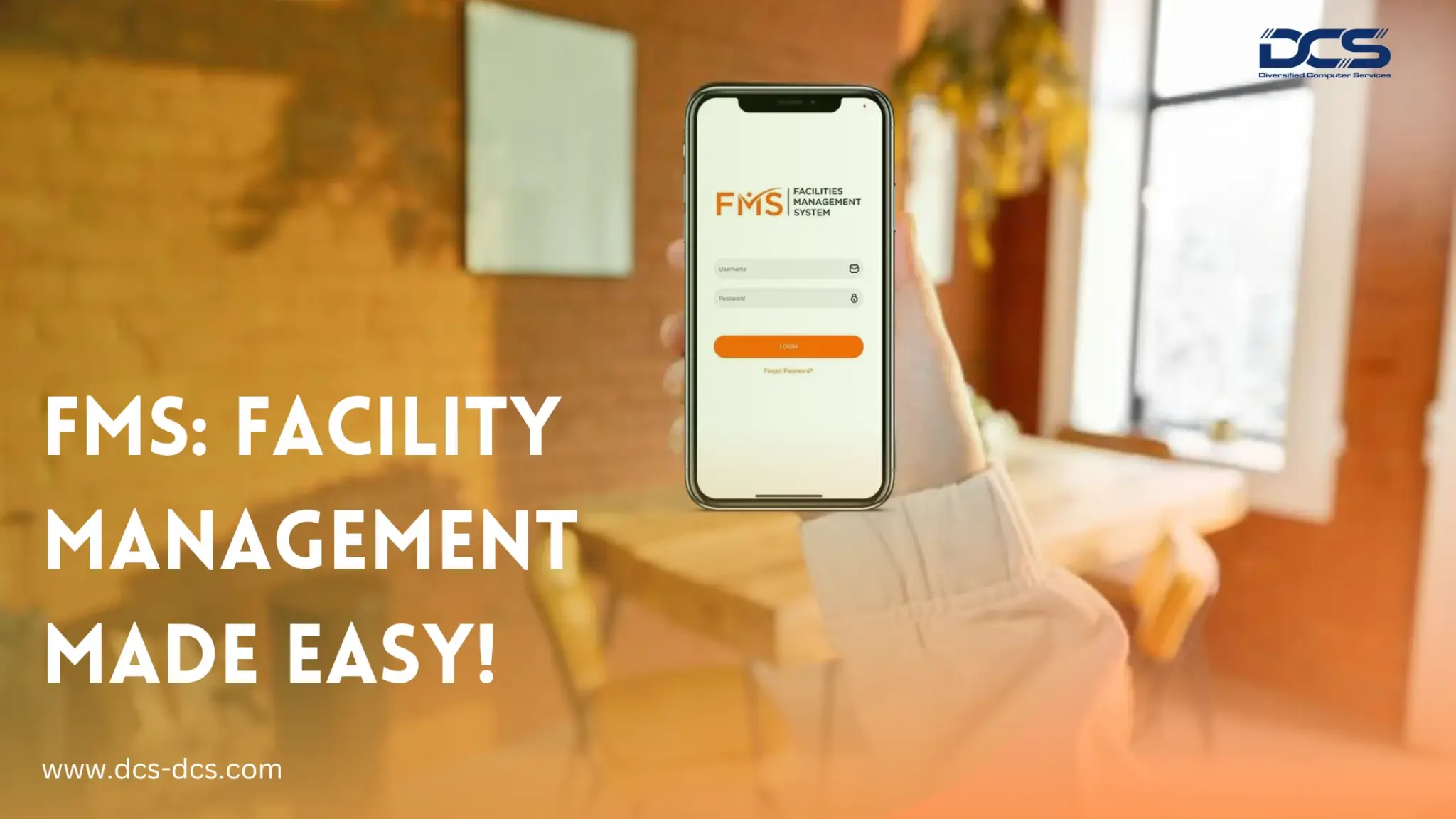In today's digital era, effective problem resolution and optimized resource allocation are of utmost importance. Work orders management holds a pivotal role in county administration, facilitating efficient tracking and resolution of reported issues.
At DCS, we understand the significance of efficient processes via usage of information management systems, and that's where our product, CIMS, comes in. CIMS is designed to simplify work order management by centralizing and automating the creation, assignment, and tracking of tasks or projects and work orders. Managing work orders efficiently is crucial for counties to prioritize and resolve reported problems effectively. With CIMS, counties, cities and local governments can ensure timely problem resolution, enhance accountability, and optimize resource utilization, making it an indispensable tool for efficient county operations.
What is Work Orders Management?
Work orders management refers to the systematic process of creating, assigning, tracking, and completing tasks or projects. It involves capturing detailed information about reported problems, allocating resources, monitoring progress, and ensuring timely resolution. Work orders management provides a structured framework to streamline communication, enhance accountability, and optimize resource allocation.
Work Orders Management in CIMS – Features & Benefits
The implementation of a robust work order system for maintenance ensures seamless tracking and resolution of maintenance-related tasks in counties.
I. Centralized Problem Tracking: The Problems Module
The Problems Module serves as a centralized repository for maintaining a comprehensive list of reported problems related to roads, bridges, signs, and more. Problems can be reported by citizens, commissioners, employees, etc., primarily through phone calls, but also in person or via CIMS mobile apps. By tracking all reported problems in the module, counties can efficiently manage the influx of issues and prioritize resolution based on urgency and available resources. Creating work orders promptly is essential for initiating timely problem resolution and resource allocation in county operations.
II. Varying Approaches to Work Order Generation
All Reported Problems Become Work Orders: Streamlining County Operations In some counties, every reported problem becomes a work order. Discover how this approach, involving CIMS integration and mobile app utilization, optimizes workflow efficiency.Inspector Review for Jurisdiction Determination: Enhancing Problem Resolution Explore how counties leverage inspector assessments to determine jurisdiction and effectively categorize reported problems, leading to streamlined work order creation and resource allocation.
III. Execution and Closure of Work Orders
Once a work order is generated and assigned, the responsible individual documents the work done, tracking employee, equipment, and material time/costs using daily work sheets entered into the Job Cost Module. Upon completion of the assigned work, the work order is closed, indicating a successful resolution. With the help of work order software for maintenance, the responsible individual can efficiently document the work done, track employee, equipment, and material time/costs, and seamlessly close the work order upon successful resolution.
IV. Transition to Mobile App: Mobility support to Workflow
Before the implementation of the CIMS mobile app, problems were recorded on paper, and a report was generated for the inspector. The inspector and/or supervisor would record their notes on the paper report, which would then be manually entered into CIMS. However, with the introduction of the CIMS mobile app, problems can be reported directly through the app. Work orders can be pushed to the inspector via the mobile app, allowing them to record their notes digitally. The app enables the inspector to either close the work order or assign it to a supervisor responsible for scheduling the work and ensuring completion. The supervisor can document the work done and close the work order via the mobile app. However, time and cost tracking still rely on paper-based daily time sheets.
V. The Next Phase: Digital Time and Cost Tracking
The future of work order management involves transitioning from paper-based daily time sheets to digital time and cost tracking within the mobile app. This transition will eliminate the need for manual data entry, further streamlining the workflow and providing real-time insights into resource utilization and project costs.
Conclusion
Work orders management plays a crucial role in optimizing county operations and addressing reported problems effectively. By adopting efficient systems like DCS's flagship product- CIMS, counties, SMBs and local governments can optimize their approach to problem resolution. The integration of mobile apps and the transition to digital time and cost tracking mark a significant advancement in work order management, empowering counties in the United States to achieve enhanced efficiency, data-driven decision-making, and ultimately, improved service delivery to their communities. To learn more about how CIMS can transform your county's operations,
visit the CIMS product page. Also refer to Facilities Management Solution which also supports end-to-end Work Orders Management.




